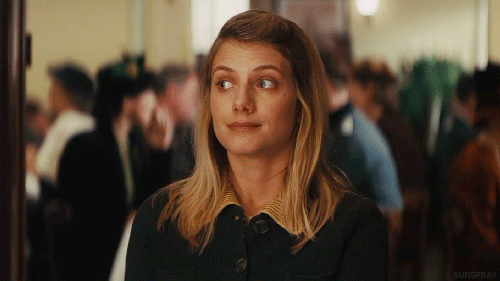A year ago at the Television Critics Association press tour, CBS chief research officer David Poltrack said essentially the same thing: "We are aggressively marketing and building our alternatives for people so [DVR] will become less and less of the total audience as time goes on," he told reporters.
Matt Strauss, the general manager of video services for Comcast, says the networks began really embracing VOD after Nielsen started breaking out VOD ratings in 2013 (all broadcast and most cable networks are now using that information).
But VOD services actually launched more than a decade ago. In the beginning, movies, music and kids programming dominated the service. Then "about three years ago, TV catch-up viewing on demand really started to spike," Strauss says. "It has grown over one hundred percent since then."
The most popular shows on VOD are an eclectic mix, with reality (Love & Hip Hop Atlanta) and dramas (The Strain) leading the pack this summer. According to Strauss, the 100 most-watched shows on TV are all available on VOD within six to eight hours after they originally air, which means VOD viewing is included along with DVR viewing in multiple-day ratings roundups (Live plus 3, Live plus 7, and C3, the ratings a commercial gets in the three days after it airs). "That was a big milestone, making sure Nielsen measured our platforms," Strauss says.
But the main reason the networks would rather viewers use VOD: Unlike with conventional time-shifting, the ability to fast-forward through commercials is usually disabled.
As a result, according to Strauss, C3 ratings for commercial viewing (which is what advertisers care about) are up 20 percent in Comcast households. "It's a better business," Earley says. Strauss agrees: "If the networks can transition a customer to catch up on demand versus DVR, they can monetize that. They are exposed to more ads."


